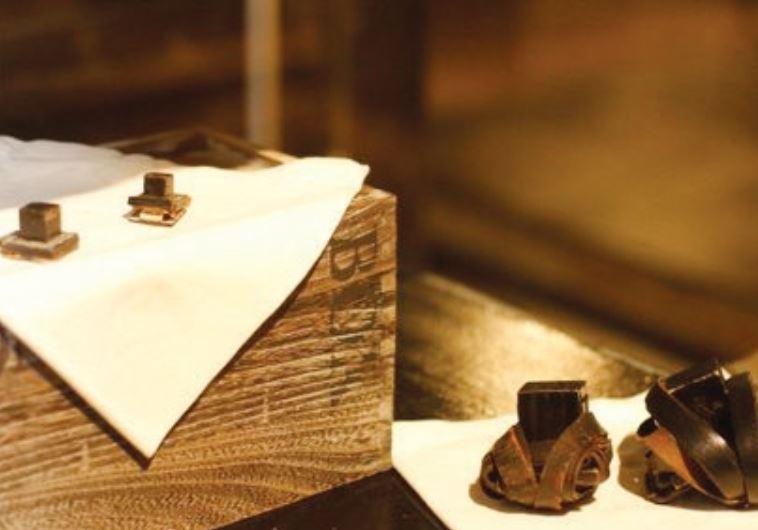Visiting the little-known Chamber of the Holocaust
The Chamber of the Holocaust was even able to receive some of the ashes of victims to give them a proper burial.
 Mini-tefillin secretly passed around in concentration camps(photo credit: IAN GOODMAN AND ELLY MERENSTEIN)
Mini-tefillin secretly passed around in concentration camps(photo credit: IAN GOODMAN AND ELLY MERENSTEIN)